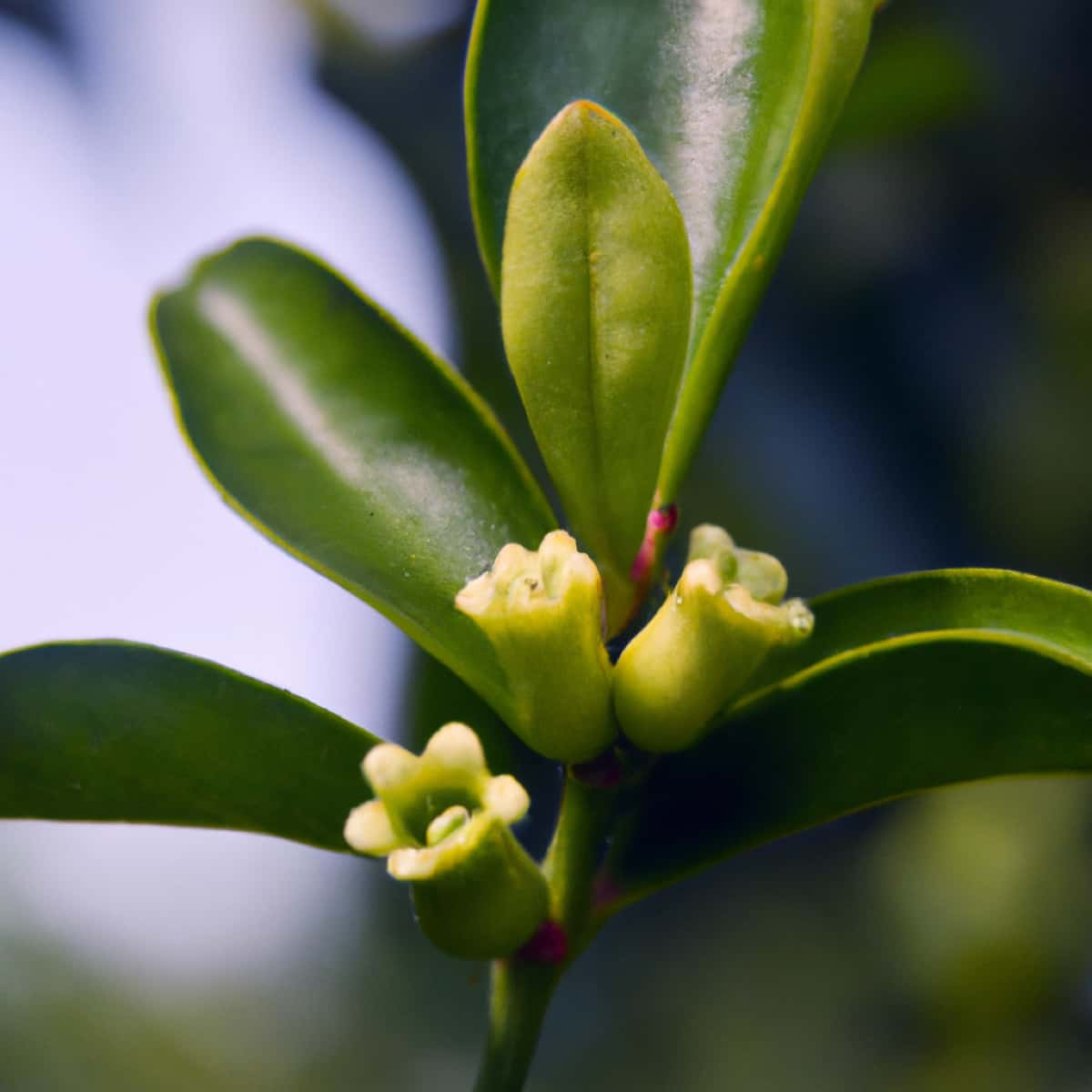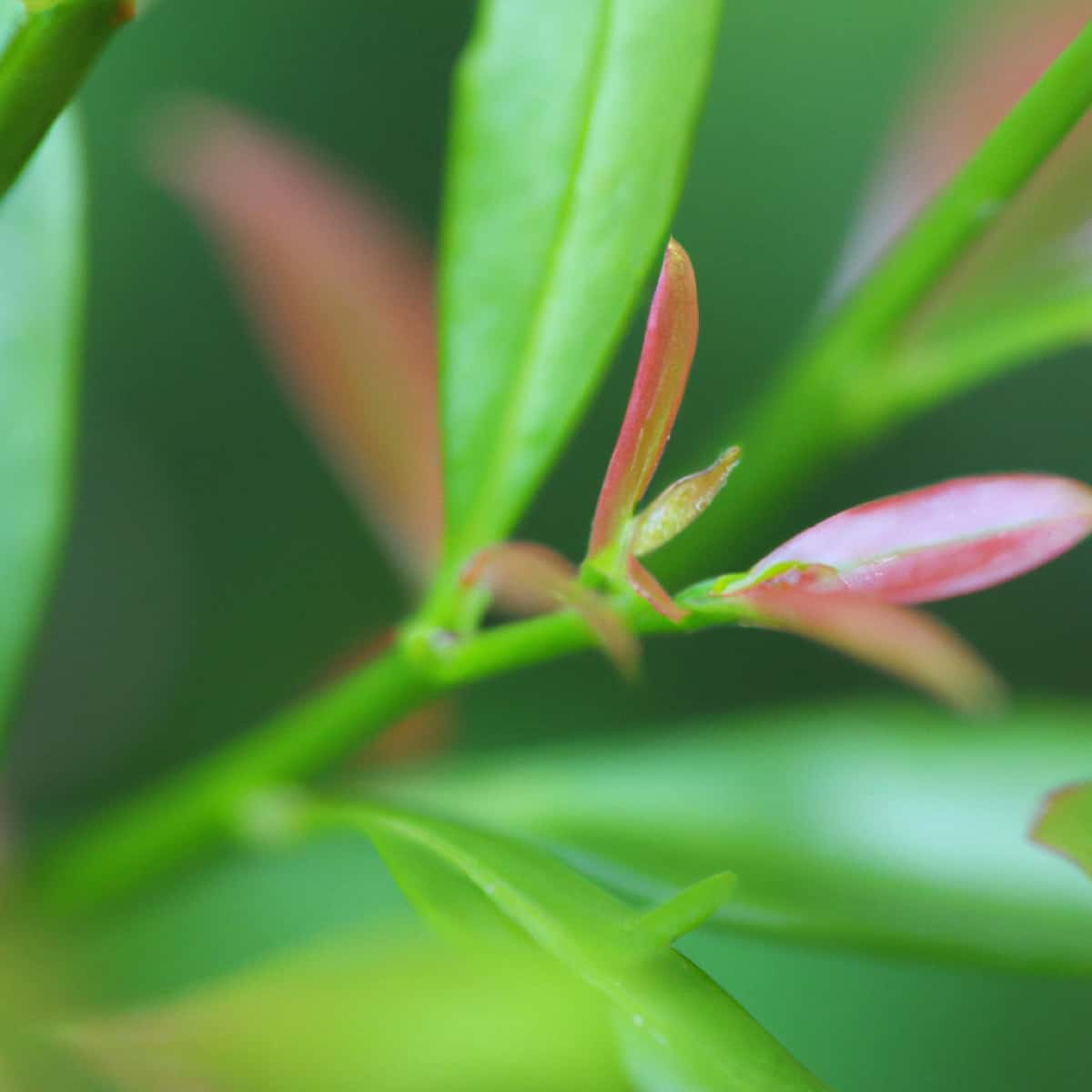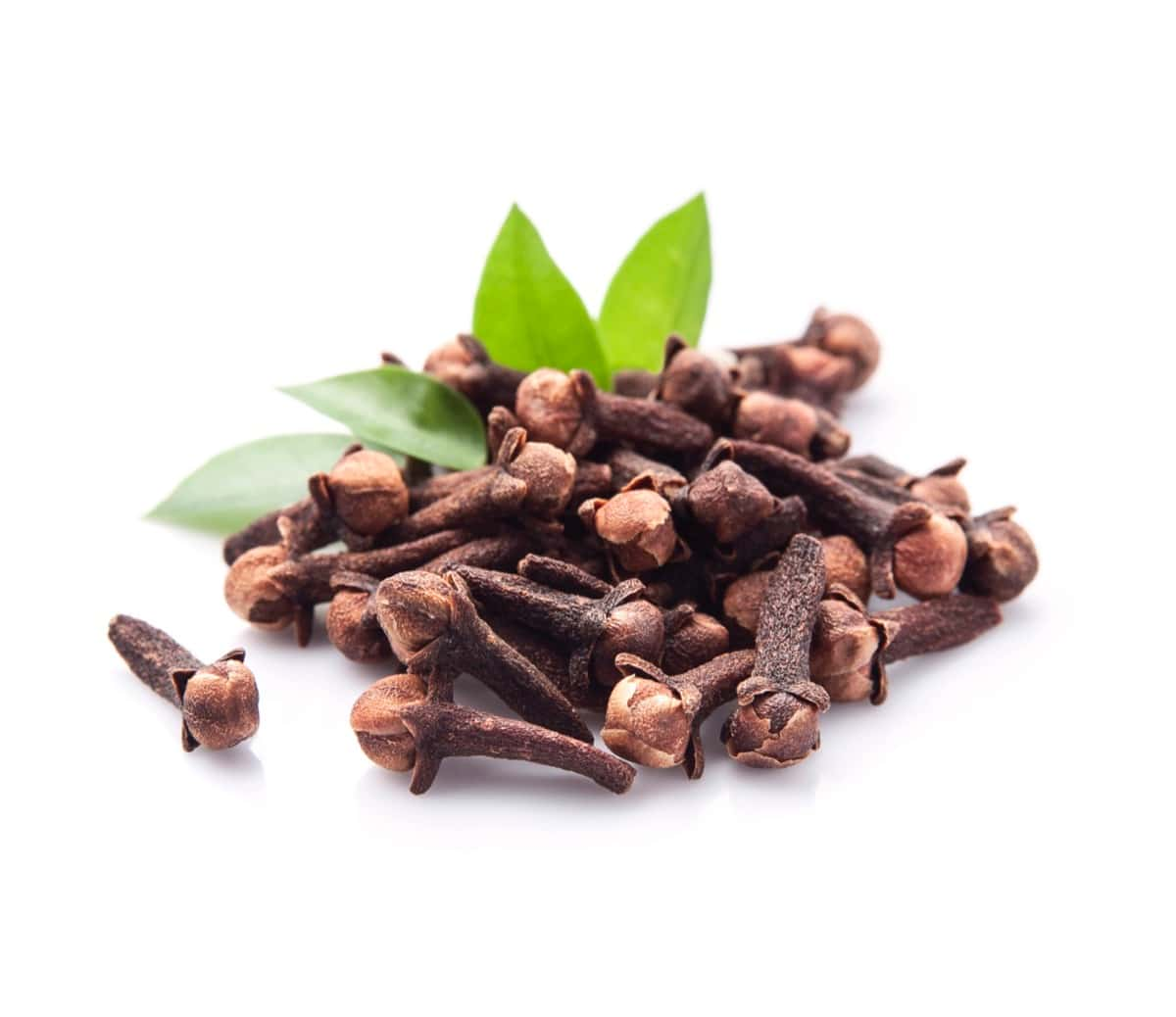Clove plants are an invaluable source of aromatic and medicinal compounds, playing a crucial role in various culinary and pharmaceutical industries. The process of pollination is essential for their propagation and productivity. Here, we delve into the intricacies of clove plant pollination, providing insights into both hand and natural methods, the reproductive cycle, and the role of insects in this process. We will also discuss the tools and equipment needed and the challenges that growers may face while offering practical tips to increase yield through effective pollination strategies.

How to Pollinate Clove Tree Flowers
Understanding the Reproductive Cycle of Clove Plants
To initiate effective pollination, it’s crucial to understand the reproductive cycle of clove plants. Typically, the flowers of these plants bloom in clusters, producing male and female reproductive organs. These flowers then undergo a phase of maturity, which culminates in their readiness for pollination.
Although the timing of this cycle varies depending on the local climate and the specific variety of the plant, the blooming usually happens once a year. Recognizing the signs of a clove plant entering its reproductive phase, such as the change in color and aroma of the blossoms, is key to timing your pollination efforts effectively.
The Importance of Pollinating Clove Plants
Pollination in clove plants holds significant importance as it directly influences the yield and quality of the harvested cloves. Without successful pollination, the plant fails to produce seeds, affecting its propagation and the cultivation process. Moreover, the pollination process also contributes to the plant’s overall health and vitality. Through effective pollination, the clove plants can sustain their life cycle, ensuring consistent and robust clove production, thus benefiting both the environment and the farmers.
Methods for Hand Pollination of Clove Plants
Hand pollination of clove plants is an intricate process requiring a meticulous approach. It involves transferring pollen from a flower’s male organ to another’s female organ, mimicking the natural pollination process. A common technique is using a small paintbrush to gently collect the pollen from the male organs, then carefully brush it onto the female organ of a different flower.
Hand pollination is usually performed in the early morning when the flowers are in full bloom, and the pollen is most abundant. Repeating this process regularly during the flowering phase is important to ensure maximum pollination.
Tools and Equipment Needed for Clove Plant Pollination
Various tools and equipment can assist in the pollination process of clove plants. Some of the most basic yet effective ones include small paintbrushes or cotton swabs for hand pollination. These are used to collect and transfer pollen between flowers. Additionally, a magnifying glass can be beneficial to observe the flowers closely and ensure the pollen is successfully transferred. Personal protective equipment such as gloves and a garden apron may also be necessary to protect oneself during pollination.
Natural Pollination Techniques for Clove Plants
While hand pollination can be highly effective, natural pollination techniques have advantages. These involve creating an environment conducive to pollinators like bees, butterflies, and other insects. Cultivating a diverse plant ecosystem around your clove plants can attract various pollinators. Additionally, providing water sources and habitats like insect hotels can encourage these pollinators to visit your clove plants more frequently. Furthermore, avoiding harmful pesticides can help maintain the health and population of these natural pollinators.
In case you missed it: 9 Causes of Dying Cloves Trees and How to Fix Them?

The Role of Insects in Pollinating Clove Plants
Insects play a pivotal role in pollinating clove plants. They act as couriers, transferring pollen from one flower to another as they search for nectar. This movement not only aids in the reproduction of plants but also ensures the genetic diversity of the clove population. Bees, in particular, are vital pollinators, along with butterflies, moths, and certain types of beetles. Encouraging these beneficial insects to thrive in your garden can significantly enhance the natural pollination process of your clove plants.
Common Challenges in Pollinating Clove Plants and How to Overcome Them
Pollinating clove plants is not without its challenges. One of the most common is unpredictable weather, which can disrupt pollination. Heavy rains can wash away pollen, while high temperatures can cause flowers to wilt, limiting their pollination ability.
To overcome these challenges, monitoring local weather patterns and adjusting your pollination schedule accordingly can be beneficial. Additionally, creating shelters or shade structures to protect your plants from extreme weather conditions can help maintain their health and increase the chances of successful pollination.
Step-by-step Guide to Pollinating Clove Plants
Pollinating clove plants effectively involves a series of steps that must be carefully executed. Begin by identifying the flowers in their reproductive phase, typically distinguished by their vibrant color and distinct aroma. Next, gather your tools, such as a small paintbrush or cotton swab, and gently collect pollen from the male organ of a flower.
Then, carefully transfer this pollen to the female organ of another flower. This process should be repeated for all flowers in their reproductive phase. Ensure to do this in the early morning hours when the flowers are in full bloom, and the pollen is most abundant.
Best Practices for Successful Clove Plant Pollination
Several best practices can be adopted to maximize the success of clove plant pollination. Firstly, it is crucial to regularly monitor your plants to identify their reproductive phase and optimal pollination time. Secondly, maintaining the health of your plants through proper watering, fertilization, and pest control can increase their pollination efficiency. Thirdly, promoting a diverse ecosystem to attract pollinators can enhance natural pollination. Lastly, patience and consistency are key, as pollination requires time and regular effort.
Tips for Increasing Clove Plant Yield Through Effective Pollination
Increasing the yield of your clove plants through effective pollination involves several key strategies. Implementing a regular hand pollination schedule can significantly enhance pollination rates. Fostering an environment conducive to natural pollinators can also boost the natural pollination process.
In case you missed it: How to Grow Cloves in a Greenhouse: A Step-by-Step Guide for Seed to Harvest

Moreover, maintaining the overall health of your plants through appropriate care and disease control can increase their ability to produce a higher yield. Furthermore, understanding and effectively managing the challenges affecting pollination can lead to more productive and resilient clove plants.
Conclusion
Effective pollination is integral to the successful growth and yield of clove plants. Understanding the reproductive cycle of these plants and the crucial role that both natural and hand pollination play can significantly increase their productivity. With the right tools, techniques, consistent efforts, and patience, one can overcome common challenges to ensure a robust pollination process.
Creating a bug-friendly environment or hand pollinating can significantly improve clove quality and quantity. Therefore, investing time and effort inefficient pollination practices can contribute immensely towards the successful cultivation of clove plants.
- Ultimate Guide to Ossabaw Island Hog: Breeding, Raising, Diet, and Care
- Ultimate Guide to Juliana Pig: Raising Facts, Size, Diet, Care, and Lifespan
- Raising Lleyn Sheep: Disadvantages, Price, Uses, Characteristics, and Care
- Ultimate Guide to Meishan Pig: Breed Facts, Breeding, Raising, and Care
- Ultimate Guide to Teacup Pigs: Raising, Diet, Lifespan, Cost, and Care
- Guide to Raising Poll Dorset Sheep: Facts, Profile, Characteristics, Uses, and Care
- Ultimate Guide to Bighorn Sheep: Characteristics, Diet, Lifespan, Breeding, and Lifecycle
- Ultimate Guide to Raising Katahdin Sheep: Farming Facts, Breed Profile, Uses, and Care
- Ultimate Guide to Raising Oreo Cows: Belted Galloways Farming Facts, Profile, Uses, and Care